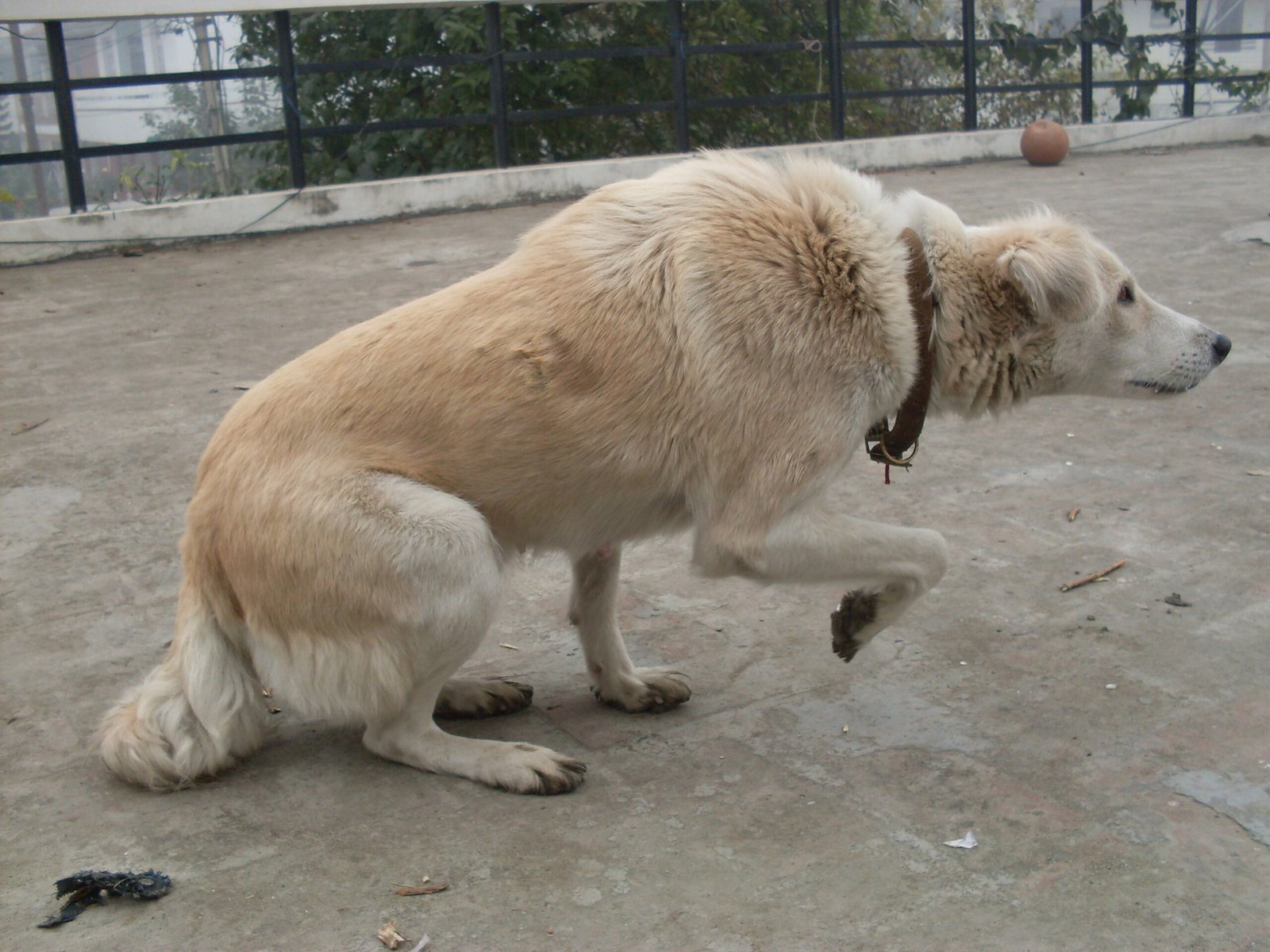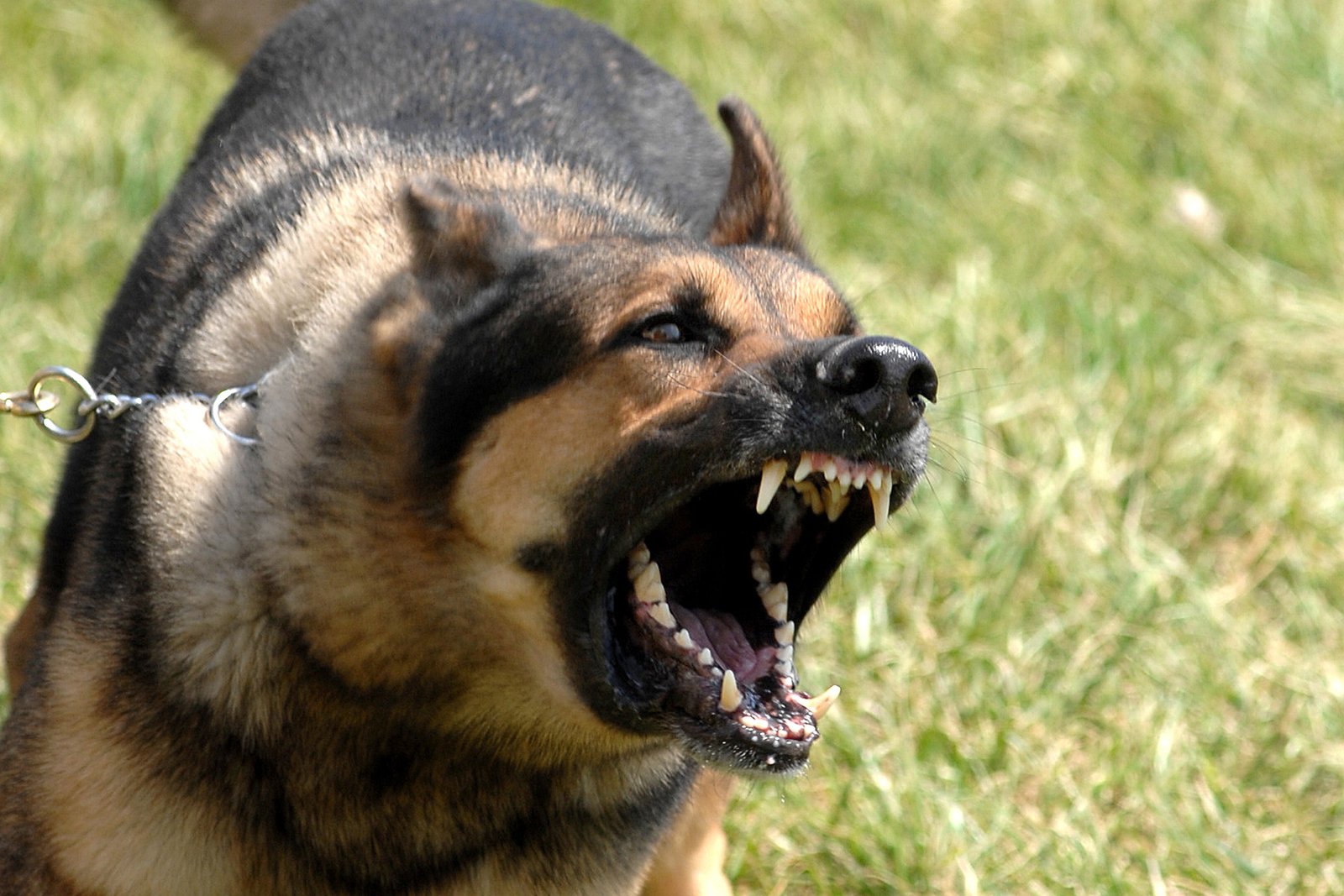Understanding your dog’s body language can feel like learning a new language—especially for seniors who may be newer to dog ownership or just want a deeper connection. Those tail wags, yawns, and ear twitches? They all mean something! A wagging tail doesn’t always mean happiness, and a yawn isn’t always about being tired—it could be a sign of stress. Learning to read these subtle cues can help prevent misunderstandings and build trust. Dogs are excellent communicators if we know how to listen with our eyes. This guide helps seniors confidently tune into their furry friend’s emotional world and respond with love and clarity.
The Tale of the Tail: More Than Just Wagging
When most people see a wagging tail, they think happiness. But did you know that not all tail wags are created equal? For seniors, who may rely more on visual clues, this is especially important. A slow, low wag can mean uncertainty or nervousness, while a high, stiff wag might signal excitement — but sometimes, it’s also a red flag for agitation. If your dog’s tail is tucked between their legs, that’s often a clear sign of fear or submission. On the other hand, a relaxed tail, gently swaying, usually means your pup feels safe and content. Learning to spot these subtle differences turns tail watching from a guessing game into a valuable communication tool.
Ears Up, Down, or Out: Listening to Their Emotions

Ears are like satellite dishes for your dog’s feelings. When your dog’s ears are perked up and facing forward, they’re curious or interested in something. If the ears are pulled back flat against the head, that often means your dog feels scared, anxious, or submissive. Seniors might notice their own dogs pin their ears back during thunderstorms or when meeting new people. Sometimes, ears held out to the side can indicate relaxation or confusion. Each breed has different ear shapes, so it’s worth paying attention to what’s normal for your dog versus what’s a change. Ears are one of the best barometers for your dog’s emotional weather.
Eyes That Speak Volumes: The Window to Canine Moods

Dog eyes are incredibly expressive. Soft, squinty eyes usually mean a dog is feeling friendly or relaxed. Wide, staring eyes, sometimes called “whale eyes,” can be a sign of fear or discomfort. For seniors, noticing when a dog avoids eye contact or looks away can help prevent misunderstandings, especially around grandchildren or visitors. Direct, intense staring might be a challenge or a sign of dominance. It’s amazing how much you can learn by simply observing your dog’s eyes during different situations. In my own experience, a gentle blink from my old Labrador always meant, “I trust you.”
Mouth Matters: Smiles, Panting, and Growls
A dog’s mouth isn’t just for eating or barking — it’s a key indicator of mood. A relaxed dog might have a slightly open mouth, almost like a smile, while heavy panting can mean stress or overheating, not just tiredness. Seniors should be cautious if they notice lip licking, yawning, or teeth baring, as these can be warning signs of discomfort or anxiety. A growl, while scary, is often just your pup’s way of saying, “Please give me some space.” Learning to respect these signals can prevent accidents and deepen your trust in each other.
Posture Power: Reading the Rest of the Body

Your dog’s overall posture tells its own story. A dog standing tall with weight forward may be feeling bold or even a bit pushy, while a dog crouched low is likely fearful or submissive. Sometimes, a dog will freeze in place, which is a crucial signal that they are on high alert or very uncomfortable. Seniors should watch for sudden changes in posture, especially if their dog is around new people or animals. Understanding these physical cues can be especially helpful for those with limited mobility, as it lets you “listen” to your dog without always needing to move quickly.
Tongue and Licking: More Than Just Affection
Dogs use their tongues for lots of things besides drinking and eating. Gentle licking can be a sign of affection or appeasement, especially after a scolding or during stressful times. However, excessive licking — of themselves, you, or even the air — can signal anxiety or medical issues. Seniors might notice their dogs licking their hands as a way of seeking comfort or reassurance. On the flip side, a stiff tongue or repeated lip licking can be a sign your dog is feeling uneasy. Paying attention to these subtle signals can help you catch stress before it turns into a problem.
Yawning and Stretching: Are They Really Just Tired?

We all yawn when we’re sleepy, but dogs yawn for many more reasons. A yawn can be a way to calm themselves down in stressful situations, not just a sign of tiredness. Seniors may notice their dogs yawning at the vet’s office, during thunderstorms, or when meeting new people. Stretching, especially right after getting up, is normal, but repeated or exaggerated stretching might mean your dog is trying to relieve tension or anxiety. Watching for these behaviors helps you spot when your dog needs a break or a little extra comfort.
Growling and Barking: Not Always Aggression

Many people — especially seniors who might worry about safety — see growling or barking as aggression. But often, it’s simply communication. A low growl can mean “back off, I’m uncomfortable,” while a bark can mean anything from excitement to warning. The key is to look at the whole picture: what’s happening around your dog, how their body looks, and what other signals they’re giving. Ignoring these vocal cues can lead to misunderstandings, but respecting them can actually prevent bites or other problems.
Pacing and Restlessness: Signs Not to Ignore

Has your dog ever paced around the house or seemed restless for no obvious reason? This behavior can be a sign of anxiety, boredom, or even pain. Seniors, in particular, should pay attention to changes in movement, as older dogs can develop arthritis or other health issues that make them uncomfortable. Sometimes, a restless dog just needs more mental stimulation or a walk, but sudden or persistent pacing is worth discussing with your vet. Think of it like a friend who can’t sit still during an important conversation — your dog is trying to tell you something matters.
Play Bows and Happy Hops: The Joy of Canine Communication
One of the most delightful signals a dog gives is the play bow — front legs stretched out, rear end in the air. It’s an invitation to fun and a sign your dog feels safe and happy. Seniors who may not be as quick on their feet can still recognize and respond to this joyful gesture with toys, gentle games, or even just a smile and a pat. Happy hops, spins, or running in circles also mean excitement and playfulness. Don’t be afraid to join in, even if it’s just with laughter from your favorite chair.
Freezing and Avoidance: When Your Dog Shuts Down
Sometimes, dogs don’t growl, bark, or show their teeth when they’re upset. Instead, they might freeze, turn away, or try to hide. For seniors, it’s crucial to recognize these quieter signs of stress. A dog that suddenly stops moving or refuses to make eye contact is likely overwhelmed or scared. This can happen in busy environments, during loud noises, or when meeting new dogs. Giving your pet space and reassurance in these moments helps build trust and lets them know you’re listening, even when they’re silent.
Changes Over Time: Aging and Body Language
As dogs grow older, their body language can change, sometimes in subtle ways. Seniors who have had the same dog for years might notice their pet becoming more reserved, less bouncy, or more sensitive to touch. Sometimes, hearing or vision loss can change how a dog reacts to certain cues. It’s important to adapt and learn your dog’s new ways of communicating as they age. Old dogs, just like old friends, may whisper instead of shout, so your attention becomes their best comfort.
The Human Factor: How Your Mood Affects Your Dog

Believe it or not, dogs are like emotional mirrors, picking up on our moods and stresses. If you’re feeling anxious, sad, or upset, your dog may show signs of worry or clinginess. Seniors, especially those who live alone, sometimes find their dogs becoming extra attentive during difficult times. Remember, your emotions don’t just stay with you — they ripple through your home and touch your dog as well. Taking care of your own emotional health is one of the best ways to keep your dog happy, too.
Learning to read your dog’s body language is like unlocking a whole new level of friendship. For seniors especially, understanding those subtle signs—like tail position, ear movements, or pacing—can make daily interactions smoother and more meaningful. When you know what your dog’s really feeling, you can respond with confidence and care. It’s never too late to strengthen that bond, one tail wag at a time.

Esther is from India; the heartbeat of South Asia, holding a Master’s degree in Zoology and a postgraduate diploma in Animal Welfare. Her enthusiasm for animal welfare drives her passion and dedication to working for animals, ensuring their well-being, and advocating for their rights. With a solid academic background and hands-on experience, she is committed to making a positive impact in the field of animal welfare. In her free time, she enjoys embroidery and sewing. As a Chennaite from Tamil Nadu, Esther loves Bharathanatyam, an Indian classical dance form.





